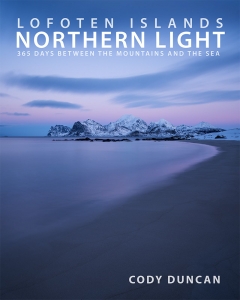Friday Photo #578 – Eye Of Uttakleiv

Photo: Sea foam conceals the famous ‘Eye of Uttakleiv’ at Uttakleiv beach, Vestvågøy, Lofoten Islands, Norway. February 28, 2023. 15:32
With these Friday photo posts I generally like to highlight locations in their best conditions. But the best conditions often don’t exist – especially so in winter! Today’s image is the famous ‘Eye of Uttakleiv’ or ‘Dragon’s Eye’ in less than ideal conditions. So bad, that if you were walking here for the first time and looking for the Eye, you might actually think you were in the wrong location altogether.
This is the right location and the Eye is in the middle of the image, it is just hidden by a layer of sea foam whipped up by the waves and wind. If shooting the Eye was on your list of images for Lofoten, then a day like this would be a waste of time and you’d be better off visiting locations with work better in stormier conditions. Although, other than the Eye, Uttakleiv beach is one of my favorite locations for stormy weather, so it is still a location worth visiting in such conditions.
Camera Info:
Nikon z7 II
Nikon 14-30mm f/4
18mm
ISO 31
f 11
0.5 Second
WB Daylight













